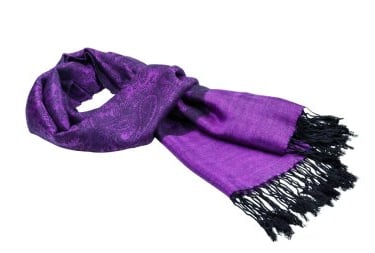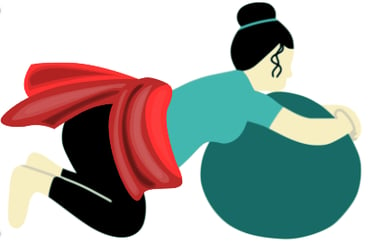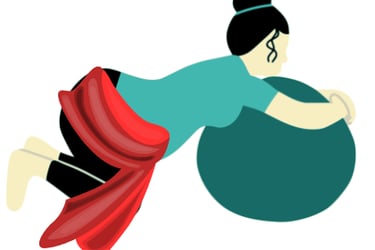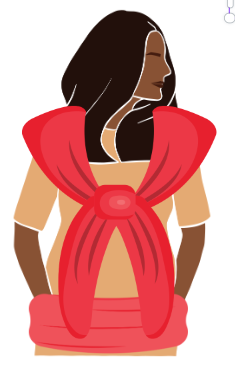Lets Learn … Rebozo
Rebozo is great for relieving pressure and pregnancy pain, so lets learn a few techniques that you can easily employ yourself
What is Rebozo?
A rebozo is a Mexican scarf (similar multi-functional scarves are found in other cultures too). Its normally a couple of foot wide and about 9 foot long, although this can vary widely.
It is used to do a variety of things – in pregnancy it can be used to give the mum support, it can reduce pregnancy discomfort (e.g. sifting). You can also use it in labour to relieve pressure, and for support during labouring positions.
What precautions should I take for Rebozo?
Don’t lay too long on your back
Whatever the mum says is right
Check the placenta is anterior
Check for neck or hip injuries
Check posture of the giver – stand up straight, shoulders are back, knees are bent, breathe slowly and steady
Widen the rebozo for comfort
When should you not do rebozo?
When there is a threat of miscarriage, such as signs of bleeding or low cramping in early pregnancy, or a history of multiple mid-to-late pregnancy miscarriages or losses in the past. Use the abdominal diaphragmatic release instead.
When the round ligaments are tight or cramping in mid or late pregnancy. The Rebozo wouldn’t be dangerous to the baby, but could make the mother’s round ligament spasm. In this case, do only a lift and some very slight, gentle rocking. Otherwise you might set off a round ligament spasm (which hurts).
Do not perform vigorous or even moderate sifting with the Rebozo against an anterior placenta. I want to be extra careful and mindful with an anterior placenta.
Risk is slight but there is a risk of bleeding.
What techniques are there to ease pregnancy discomfort?
Mum to kneel on all fours or use a chair or swiss ball for support, partner to stand over, just behind mum’s hips. Use the rebozo to cover the whole belly – above and below, then collect the ends of the rebozo in the your hands, make sure you lift the baby up before you start sifting. Move hands in small circular rotations Let down slowly when done.
Sifting
Mum to kneel on all fours or use a chair or swiss ball for support, partner to stand over, just behind mum’s hips. Use rebozo to cover the whole belly – above and below, then collect the ends of the rebozo in the your hands, make sure you lift the baby up before you start sifting. Move hands in small circular rotations Let down slowly when done.
Shaking the Apples
Uses jiggling to activate the stretch sensors of the pelvic muscles to create room for baby to move (foetal descent and/or rotation) during childbirth. Mum to kneel on all fours or use a chair or swiss ball for support, partner to stand over, just behind mum’s hips. The rebozo is placed over her bottom and the ends of the cloth are held close to her. In this position, the shape of the cloth on her bottom resembles a toffee. Use a brisk 'shaking' movement. Be sure to have a good tension in the cloth to cause a good wobble; this should never be a 'sawing' motion that drags on the flesh, but an application of cloth to gain traction on a wide area and movement that causes the buttocks to wobble.
Abdominal lift and tuck
This is great for helping with pelvic girdle pain during pregnancy.
Find the centre of the rebozo and fold it half lengthways. Put rebozo under the belly (so about 1/3 of bump is covered and bring end round to the back
Without partner: Criss cross rebozo behind mum and over the shoulder she then takes one end of the rebozo in each hand. When ready the mum can straighten her arms up and lift the baby/bump upwards, then bring the rebozo down onto each shoulder and hold in front – maintaining tension for the lift effect.
With partner:
Stand back to back, rebozo under the bump and partner holding the ends of the rebozo straight up (not criss crossed), walk backwards into mum’s back and have legs a little bit wide to centre yourself, then lift up arms to life baby and bump then bring the rebozo over the tops of the shoulders, keeping the tension to maintain the lift









